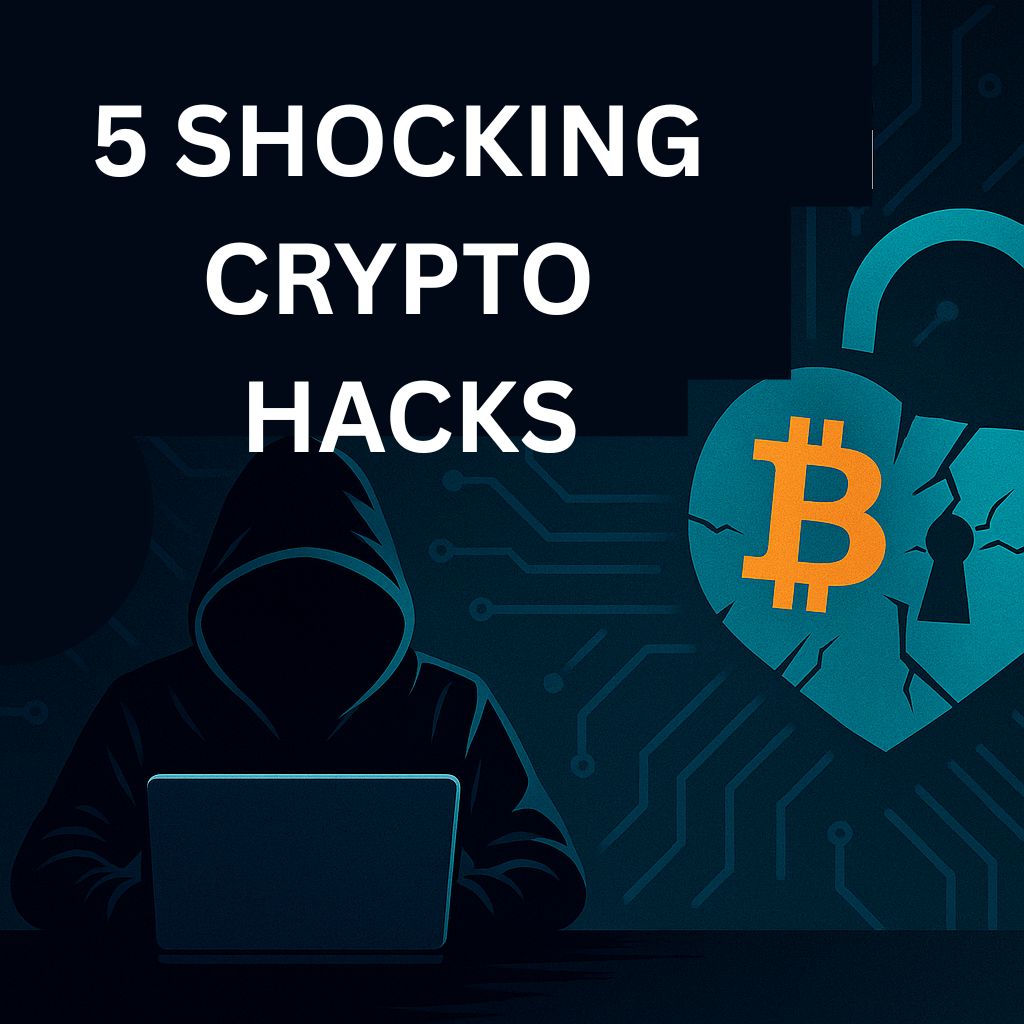Introduction
The crypto world has seen its fair share of high-stakes drama—especially when it comes to hacks. Billions of dollars have vanished in a flash, leaving investors stunned and wondering: Will I ever see that money again?
In this deep-dive case study, we’re spotlighting five of the biggest crypto hacks ever. We’ll walk you through what went wrong and how the payout processes were handled—sometimes badly, sometimes surprisingly well.

What’s a Crypto Hack Anyway?
Hackers love crypto. Why? It’s fast, anonymous, and not regulated like banks. That combo makes digital wallets and exchanges a tempting target. Here’s how most of these attacks go down:
- Phishing scams that trick users into giving up private keys
- Exploits in smart contracts that open the door to huge withdrawals
- Bridge protocol bugs—the weak links between blockchains
- Inside jobs or poor security oversight
Once the funds are gone, getting them back isn’t easy. Payouts often take years—or may never come.
Case Study #1: Mt. Gox (2014)
The Big Picture:
Mt. Gox, based in Tokyo, was the top Bitcoin exchange until a massive hack wiped out 850,000 BTC. At the time, that was worth around $450 million.
What Went Wrong:
The exchange had major security flaws and kept poor records. Hackers slowly siphoned off coins for years before anyone noticed.
Did People Get Paid?
Not really—at least not yet. A court-managed rehab plan in Japan is still working on reimbursements 10 years later. Victims have gotten small portions in fiat and crypto.
Case Study #2: The DAO Hack (2016)
The Breakdown:
A hacker found a bug in the DAO’s Ethereum smart contract and made off with $60 million in ETH.
The Wild Solution:
Instead of chasing the hacker, Ethereum developers hard-forked the blockchain—essentially creating a new version that rolled back the hack. That decision split the community and birthed Ethereum Classic.
Did It Work?
Yes, but it sparked a major debate on decentralization and whether blockchain should be alterable.
Case Study #3: Poly Network (2021)
How It Happened:
A hacker exploited a cross-chain protocol weakness and grabbed $600 million.
The Twist Ending:
They gave it all back. Yep—every penny. Poly Network even offered the hacker a job and a bug bounty.
Payout Outcome:
Since nothing was truly lost, payouts weren’t needed. But the stunt sparked conversations about hacker ethics and white-hat behavior.
Case Study #4: Ronin Bridge Hack (2022)
What Went Down:
The Ronin Network, used by the popular game Axie Infinity, was hit by hackers who took $620 million by breaching validator nodes.
Payout Process:
Sky Mavis, Ronin’s parent company, teamed up with Binance to raise funds and reimburse players. Victims were mostly paid back with ETH and treasury reserves.
Case Study #5: FTX Hack (2022)
The Drama:
Just as FTX collapsed, hackers drained another $400 million from the platform.
The Fallout:
Investigators believe it was an inside job. Funds are still missing, and court proceedings are ongoing.
Reimbursement Status:
Tied up in bankruptcy court. Victims are waiting on a legal payout process that may take years.
| Hack | Amount Lost | Recovery Status | Notable Factor |
| Mt. Gox | $450M | Partial payouts | Longest unresolved case |
| DAO | $60M | Reversed via hard fork | Ethereum fork controversy |
| Poly Network | $600M | Fully recovered | Hacker returned funds |
| Ronin Bridge | $620M | Mostly reimbursed | Gaming-related |
| FTX | $400M | Still under investigation | Post-collapse theft |
Payouts in the Crypto World: Who Pays?
There’s no FDIC for crypto, so when things go south, payouts depend on:
- Court orders (like in Mt. Gox)
- Forking the chain (like Ethereum did)
- Crowdfunding or insurance reserves
- Bug bounties (like with Poly Network)
Sometimes, platforms use their own funds or raise money to cover losses. Other times… tough luck.
1. What’s the biggest crypto hack of all time?
The Ronin Bridge exploit tops the chart at $620 million stolen in 2022.
2. Can you get your money back after a hack?
Maybe. It depends on the platform, the legal system, and whether the funds can be recovered.
3. How long do payouts take?
Anywhere from a few weeks to over a decade—like the Mt. Gox case.
4. Is crypto investing safe?
Safer than before, but still risky. Use reputable exchanges and secure your keys offline.
5. Why do hackers return funds sometimes?
For fame, bug bounties, or ethics. In Poly Network’s case, the hacker called it “fun.”
6. Can the U.S. government help?
Sometimes. Agencies like the FBI and DOJ do get involved in big cases, especially post-hack investigations.
1 thought on “Top 5 Shocking Crypto Hacks and How the Payouts Went Down”